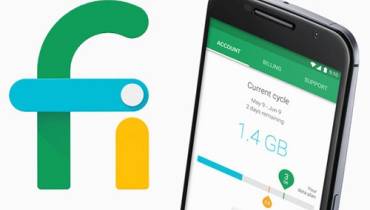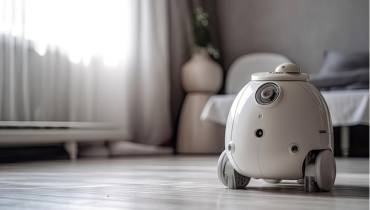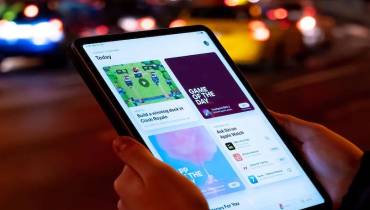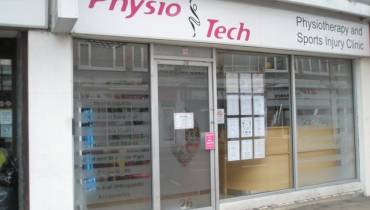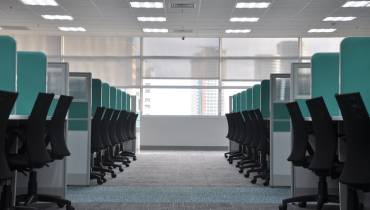What Will the Post-COVID-19 Workplace Look Like?
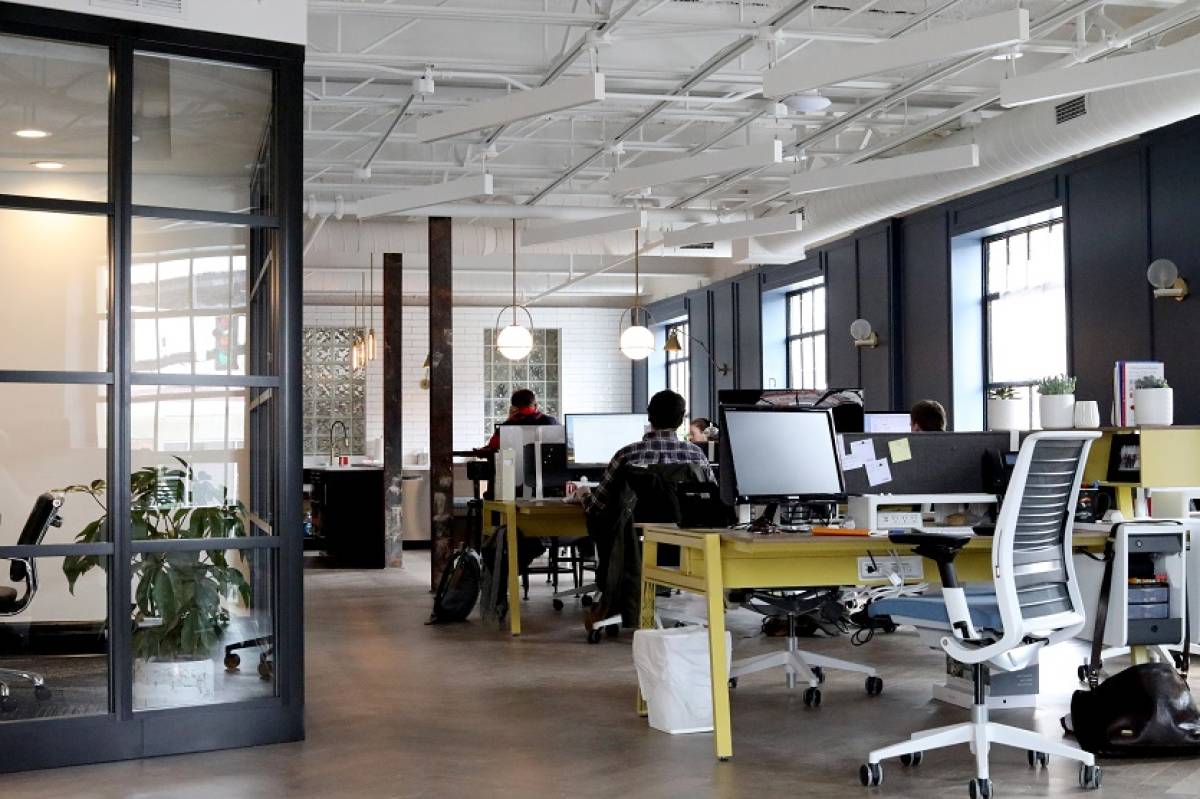
By now, it’s safe to assume that the COVID-19 will change the face of the 21st-century workplace. While some saw a switch to a remote working model as a temporary solution, there were two things that no one could have anticipated in early 2020.
- The pandemic lasted longer than anyone expected, and its definitive end is still uncertain.
- Some specialists and industries saw the benefits of remote work for the very first time.
This means that when it is finally safe to go back to a traditional office, some enterprises and employees may choose to keep telecommuting.
Other than this, seeing as how some epidemiological measures might stay in effect, the traditional design of the office might be somewhat outdated.
The density of workstations, the eventual return of the cubicle system to popularity, and the importance of hygienic measures in the workplace shouldn’t be downplayed.
Different industries will be hit differently. Also, technological advancement in some areas might be facilitated to meet the needs of the ever-changing needs of the business world.
With all of this in mind, here are some speculations and estimates on what the post-COVID-19 workplace might look like.
1. The Return of the Cubicle
The traditional office is bound to undergo some sort of transformation in the post-COVID-19 world. In order to keep the area safe, there are several things that you can do about the office design.
First, you could get some workstations out of the room to give people more breathing space. The problem with this method is that you would need a much larger office space to keep the same staff. This means that a part of your team will have to work remotely. While this solution does have its perks, it still heavily relies on telecommuting.
The second solution would be to add dividers of sorts to the office design. In other words, we’re looking at the return of the cubicle system. Other than just being healthier and more convenient for the current situation, cubicles come with a range of other advantages that shouldn’t be downplayed. For instance:
- Higher level of privacy
- Simulation of having your own office (higher sense of ownership)
- Optimization of available space
- Reducing distractions
In the past, a lot of those who were favorable to open office design abandoned the cubicle layout because they saw it as too restrictive. They argued that cubicles make people feel trapped (even claustrophobic) and obstruct the office’s rapport. Now, these downsides no longer seem as serious (when compared to the alternative).
2. Optimization of Home Office
A lot of people saw working from home as a temporary solution to a temporary problem. This means that they didn’t bother to optimize their home office during the first few weeks working from home. It also means that they were forced to experience some of the downsides of working from home first-hand. For instance:
- The design of the traditional office was made to minimize distractions (unlike home office).
- Trying to keep peak productivity in a place you designed for your own comfort is not easy.
- Working while surrounded by friends and family is not a simple thing.
So, those who decide to turn this home office situation into a long-term solution may want to rethink the design of the place.
The first thing they’ll have to do is negotiate all of this with their family/roommates.
Second, they’ll have to consider turning their home office into a completely soundproof room. This way, sound-based distractions will be eliminated, and the area will become optimized for focus and productivity. Noises coming in and noises coming out can be equally problematic.
On the one hand, you don’t want people in the meeting to listen to your domestic issues. It would just make you seem unprofessional. But, you don’t want to keep your family too quiet either. It’s their home as well, so it’s unfair to ask them to see it as your office first.
Aside from this, you might also need to invest in some equipment and ergonomic office furniture. All in all, it will take quite a bit of work.
3. Classification of Workplace Based on Human Interaction
In the previous points, we’ve mostly discussed office work, but this is really just the tip of the iceberg. In an office, you’re relatively isolated. So, it might not be the best representative in this scenario. You see:
- You meet the same people day in and day out.
- You’re doing your own job behind your own workstation.
- The very fact that you CAN work from home already goes to prove quite a bit. In several industries (mining, construction, etc.), this is not even an option.
However, not every workplace falls under this category. For instance, in medical care, employees will get in touch with new people every single day. Even worse, these people usually have health-related conditions, some of which are contagious.
Then, there are personal care facilities like hair salons and gyms. There are also on-site customer interaction places like retail stores. Not to mention the hospitality industry, which, for the most part, depends on human contact.
Needless to say, the degree to which these industries will have to evolve their workplace will differ based on the specific circumstances and work-environment metrics. For example, outdoor production and maintenance venues will remain the same, for the most part, while medical care and retail will have to change drastically.
While metrics will significantly differ, one of the ways to make this evaluation is by accessing the overall physical proximity score by work arena. There are already some scales out there that are trying to evaluate this on a scale of 1 to 100.
4. Revolution in Workplace Etiquette
Office layout is not the only thing that’s going to change. People’s behavior will have to undergo a huge revolution. Sanitizing the office will become a higher priority. Unlike before, this will no longer be just the responsibility of the cleaning staff but every office occupant.
Flexible work hours are another great proposition, seeing how it will somewhat solve the occupancy issue in smaller offices. The biggest problem here will be the matter of security. Controlling who comes in and keeping track of everything that goes on around here 24/7 will not be an easy task.
In the past, there was a lot of talk about reducing work hours to 4-6 hours per day. Now, while many employers may not be willing to endorse this trend, it’s possible to find a compromise. For instance, a certain number of hours at the office, complemented by a certain number of hours at home, could make up for an entire workday.
5. Evolution of Technology
The only reason we’re currently talking about remote work is the fact that the current technology can keep up with it. During the 1917 Spanish Flu epidemic, this was not the case.
However, there are some areas in which things could benefit from an upgrade. A perfect example of this is the concept of cyber threats in remote work. People working from private devices has always been troublesome, but now the number of these instances has skyrocketed virtually overnight.
Moreover, on-spot tech trends will have to evolve to keep up with regulations and recommendations. The world we live in relies heavily on touch technology. In the future, this trend may be surpassed by touchless motion sensor devices. This is definitely a healthier solution to the problem, but it may take a while for this technology to become sophisticated enough.
In the future, the improvements in sensor technology and improvements in the field of biometrics could make this a suitable replacement. For now, it’s clear that there’s a need for such a thing.
In Conclusion
The pandemic that we faced in 2020 is unprecedented in modern history. Sure, there were deadly epidemics throughout history, but never before was the world so hyper-connected and responsive. Never before was global healthcare (despite its flaws) on this level. This gave us a chance to fight back and take all the necessary measures until there’s a solution.
Whatever doesn’t kill you makes you stronger, which is why the workplace of tomorrow is bound to be upgraded and more resilient to similar occurrences in the future. The above-listed changes are bound to contribute to this upgrade, but there’s bound to be more.










